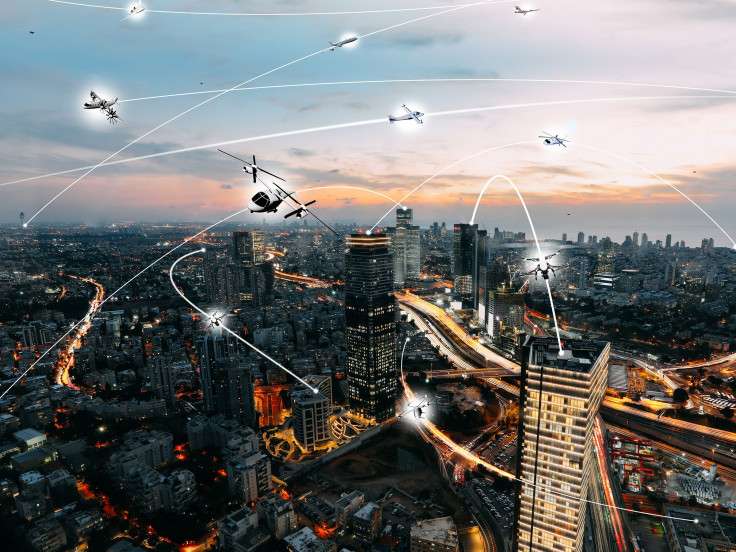NASA’ Urban Air Mobility Plan Is Transport Goal For The Future

Science fiction movies (think, for instance, “Blade Runner”) often depict cities of the future where the sky is a maze of invisible roads, chock-a-bloc with aerial vehicles that sometimes drive themselves. But unless you have been living like a hermit, cut off from the world, you would know that sort of a scenario is not entirely in the realm of fiction any more.
While companies like Tesla, Uber and Waymo (among many others) have already been testing cars that drive themselves, there are others, including Airbus, Boeing and Toyota, who are working on flying cars. Even NASA is onboard with this vision for the future, and has an Urban Air Mobility (UAM) research team working toward this goal, which the agency calls “a safe and efficient air transportation system where everything from small package delivery drones to passenger-carrying air taxis operate over populated areas, from small towns to the largest cities.”
While a lot more research needs to be done to create the necessary technology that is both safe and efficient, not to mention the framing of rules and regulations to govern its use, it is certainly not just a pipedream.
“The convergence of technologies, and new business models enabled by the digital revolution, is making it possible to explore this new way for people and cargo to move within our cities,” Jaiwon Shin, NASA’s associate administrator for aeronautics research, said in a statement Monday.
A lot of the technology used in aviation today is, in some way or another, based on research that originated at NASA, and the space agency — formerly the National Advisory Committee for Aeronautics — expects to play a similar enabling role in UAM.
“Now, our goals are to help develop and enable as much as possible what we like to think of as an entire ecosystem when it comes to Urban Air Mobility,” Davis Hackenberg, a NASA engineer who helps coordinate the agency’s UAM activities, said in the statement. “We’re looking at the best ways to do this and learning a lot as we go.”
Safety is on top of the list of NASA’s priorities and it is working with the Federal Aviation Administration to establish a protocol that would safely manage low-flying vehicles, such as present-day drones, without interfering with or burdening air traffic control systems.
NASA is also working on technology that reduces the amount of sound generated by air vehicles (no one really wants the roar of a jet engine at a traffic stop), as well as electric propulsion that is powerful enough to allow vertical takeoff and landing of these vehicles, while still producing zero emissions.
For the realization of its UAM goal, NASA is also working with a number of partners from various fields where it has no traditional expertise of its own. For example, air vehicles would need dedicated platforms to take off from or land on, which would come with their own infrastructure needs and a long list of partners to work with on them.
“There are several areas that have not been ‘traditional NASA,’ but in order to understand the entire landscape and develop this entire UAM ecosystem, we need to consider everything and work with those who can help us,” Hackenberg said.
© Copyright IBTimes 2025. All rights reserved.




















